table of contents:
Have you always dreamed of creating your own clothes or accessories, but the sewing machine intimidates you? Don't worry. Starting to machine sew is an exciting and accessible adventure. This article is your guide to taking your first steps. We'll take you step by step through discovering the sewing machine : choosing the right equipment, essential settings, and easy projects to get you started smoothly.
Sewing Machine Basics for Beginners
Beginning machine sewing can seem intimidating at first, but mastering the fundamentals is essential for progressing with confidence. Understanding your first sewing machine, making the right initial adjustments, and properly preparing your workspace are key steps to successfully completing your first projects. Follow these sewing tips to get off to a good start and quickly turn your ideas into real-life creations.
Understanding Your First Sewing Machine
A sewing machine consists of essential parts for efficient sewing. The essential parts include the needle, bobbin, presser foot, needle lever, thread guide, stitch selection dial, and thread tension wheel.
It works using a double-thread system. The needle moves down and stitches the fabric, creating a loop that is caught by the rotary hook. This loop intertwines with the bobbin thread to form strong, even stitches .
To learn the basics of sewing, nothing beats learning from a professional. If you're looking to start sewing with a machine, Verotex offers beginner's courses , perfectly suited to learning the essential techniques.

The first adjustments to get off to a good start
The basic settings allow for consistent stitches. Thread tension is adjusted according to fabric thickness, and stitch length varies from 0 to 5 mm to adapt the stitch density. The stitch type is chosen according to the final use of the project .
|
Comparison of basic stitches and their use for beginners |
||
|
Point |
Main use |
Main features |
|
Straight stitch |
Fabric assembly |
The basis of most projects, essential for getting started |
|
Zigzag stitch |
Overlocking, appliqués, buttonholes |
Standard 5mm width, versatile |
|
Satin stitch |
Precise work (appliqués, buttonholes) |
Very tight zigzag with short stitch length |
|
Zigzag stitch |
Overlock without deformation, elastic, recovery |
3 stitches on one side and 3 on the other, ideal for fine fabrics |
|
Invisible hem stitch |
Discreet finishes on hems |
Requires a specific hem presser foot |
|
Breakpoint |
Secure the beginnings and ends of the seam |
3 back stitches or length/width adjustment to zero (10 passes) |
Preparation and installation before sewing
Set up your sewing machine in a quiet, well-lit area . Choose a table large enough to accommodate the machine, the unrolled fabric, and your cutting equipment. Proper lighting prevents eye strain during your work sessions.
To begin machine sewing, it is essential to have a good grasp of sewing machine power , as it determines your machine's ability to pass through different types of fabrics without difficulty. Test your equipment on scraps of fabric before tackling a project. This will familiarize you with the foot control, fabric guidance, and thread tension. These practical exercises will build your confidence in using your sewing machine.
How to choose a sewing machine when you're a beginner?
To get started with machine sewing in the best possible conditions, choosing your first machine is essential. From technical criteria and models suited to beginners to deciding whether to buy new or used, discover all the advice you need to find the ideal equipment and start sewing with confidence.
Key criteria for a first machine
Choosing the right sewing machine starts with identifying the essential features for getting started with machine sewing. It's important to find a balance between ease of use and versatility .
- Choose a suitable budget : between €90 and €450 for a durable machine, with a preference for an investment of more than €300 for better quality.
- Choose an electronic machine for its intuitive features , such as speed control and built-in alerts.
- Choose a sturdy machine (minimum 6 kg) for increased stability and more precise sewing .
- Select the essential basic stitches (straight stitch, zigzag, automatic buttonhole) rather than getting lost in superfluous decorative stitches.
Mechanical models remain an excellent alternative for learning the basics and really getting started with machine sewing without overloading yourself with unnecessary features. This allows you to focus on the essentials of machine sewing for beginners .
Recommended models for beginners in sewing
For starters, Juki and Elna offer affordable and reliable models . The Elna Sew Fun offers 15 stitches and a good price-performance ratio at €260.
The Janome M30A is ideal for beginners with its simple functions and affordable price. The Juki HZL-353ZR is a robust mechanical machine suitable for all fabrics .
Buying new or used: making the right choice
Buying a used machine can be a cost-effective solution, but be careful about the condition of the product. Always check the operation and accessories before purchasing a used machine.
Test the machine in the presence of the seller and listen carefully to its operation. Abnormal noise can indicate a serious mechanical problem even on a quality machine.

The essential equipment to start sewing
To get started with machine sewing with confidence, it's essential to be well-equipped from the start. From the basic kit to easy-to-work fabrics, practical accessories, and the best places to buy supplies, discover all the essential equipment to get started and progress stress-free in your first sewing projects.
The beginner's basic sewing kit
The basic sewing kit includes the machine, fabric scissors, a seam ripper, pins, thread, and appropriate needles. These basic tools are essential for getting started with machine sewing without overloading or complicating things.
Easy-thread needles make it easier for beginners to work. The thread should be matched to the thickness of the fabric being used. For most simple projects, size 80 is ideal .
Recommended fabrics for first projects
For your first projects, choose cotton, poplin, or cretonne. These natural fabrics are stable, easy to sew, and forgive small mistakes when you're starting out .
|
Characteristics of fabrics suitable for beginner sewing projects |
||
|
Fabric |
Ease of use |
Adaptation to simple projects |
|
Cotton poplin |
Very easy |
Ideal for simple clothing and accessories |
|
Linen |
Easy |
Good for bags and accessories |
|
Bachette |
Easy |
Robust for bags and pencil cases |
|
Cotton jersey |
AVERAGE |
Suitable for simple t-shirts |
Accessories that make learning easier
The universal presser foot that comes with your machine is enough to get started, as it allows you to sew straight lines and zigzags . The zipper foot is useful for your first bags with a zipper. To start sewing with a machine, the tape measure is essential for measuring your fabrics accurately.
A tape measure is essential for accurately measuring your fabrics . You'll need water-erasable or heat-erasable pens to clearly mark your marks. Special rulers, such as the parrot ruler, trace the curves of your patterns.
Where to get your sewing equipment?
Online haberdasheries, such as Verotex , offer a wide selection of supplies. Physical stores allow you to examine products before purchasing and receive on-site advice.
Starter kits contain everything you need for your first projects. Take advantage of sales to stock up at a lower cost , with discounts of up to 50% on sale fabrics.

The first sewing projects to make with the machine
There's nothing like simple, motivating creations to help you get started with machine sewing without stress. From quick projects you can make in under an hour to a tote bag, perfect for practicing while still achieving beautiful results, here are some accessible ideas to build confidence and progress step by step behind your machine.
Projects that can be completed in less than an hour
Making a quick project can help you build confidence. In less than an hour, you 'll master the basics of sewing with these easy projects:
- Make a cotton tote bag to learn straight seams and angles.
- Create a rectangular cushion with a flap to reveal the clean finishes.
- Assemble a simple zippered pouch to practice zippers and zigzag stitches.
- Make a DIY scrunchie to get familiar with sewing in the round and inserting elastic.
- Sew an elasticated jersey skirt to learn about stretch fabrics and the stretch stitch.
The tote bag: the ideal project for beginners
The tote bag is perfect for your sewing beginners . This simple project will introduce you to straight lines, angles, and finishing touches. Understanding the basics of sewing machines, choosing your first piece of equipment, and completing simple projects are the key steps to getting started with machine sewing.
To progress, start with a free tutorial, practice regularly, and discover the joy of creating your own textile accessories . Unleash your creativity! Sign up for Verotex's beginner sewing classes today and learn the basics.

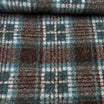
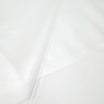
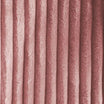
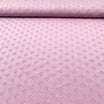
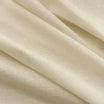
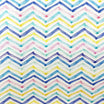
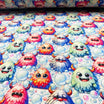
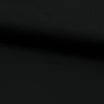
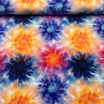
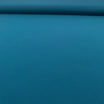

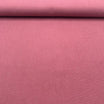
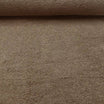

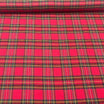
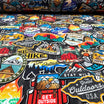
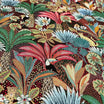
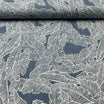
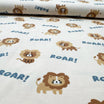
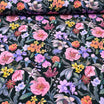
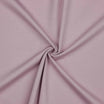
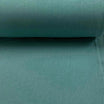
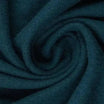
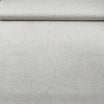
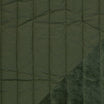
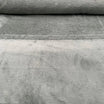
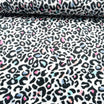
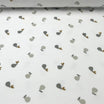
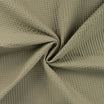
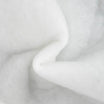
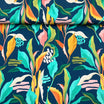
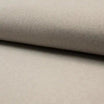
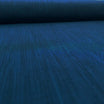
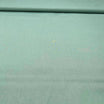
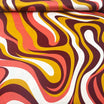

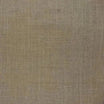
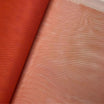
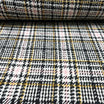
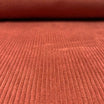
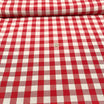

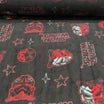


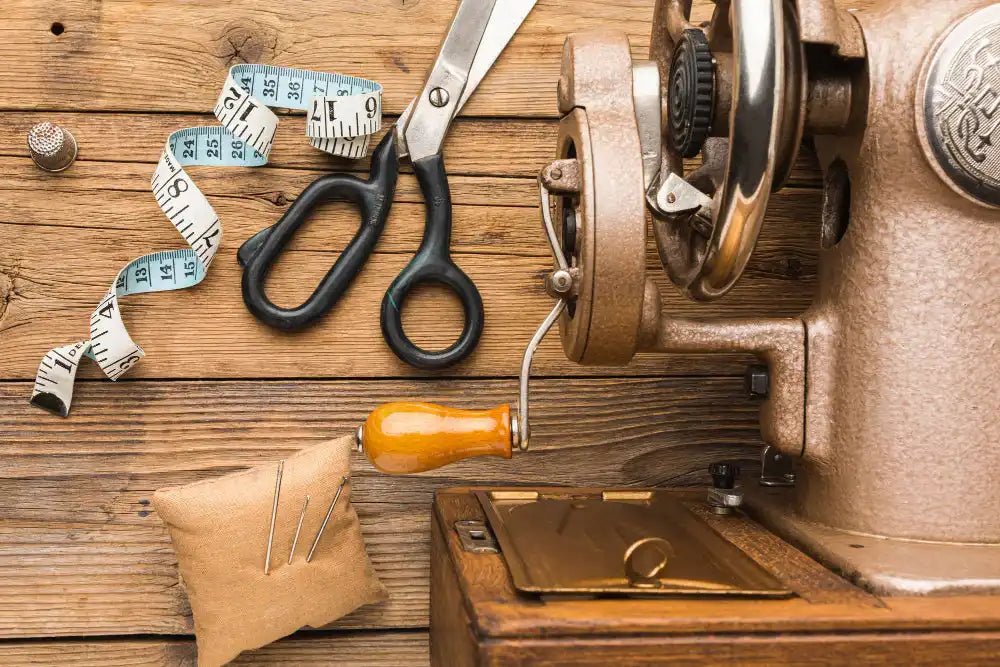
Leave a comment
All comments are moderated before being published.
This site is protected by hCaptcha and the hCaptcha Privacy Policy and Terms of Service apply.